ARTICLE
Koh-i-Noor Diamond
In 1851, the diamond was displayed at the Great Exhibition in London, where it failed to make a positive impression on the public owing to its dull appearance, which was exacerbated by a poor display case. This led the Queen’s consort Prince Edward to have it re-cut to improve its refraction, by Levie Benjamin Voorzanger and his team from the Dutch polishing house Royal Coster. The cutting, which took over a month, was undertaken in 1852 at the premises of the Garrard jewellery house in London, and used a steam-powered mill specially built for the purpose. The previously rose-cut diamond with 169 facets, which had a flat base and high dome, typical in the stones favoured by the Mughals, was shaped in the oval-brilliant cut, with sixty-six facets. Several of its imperfections were identified and removed, reducing its weight by nearly half but vastly improving its refractive ability and brilliance.
As her personal possession, Queen Victoria wore the re-cut diamond in a brooch. After her death, the Koh-i-Noor became property of the British monarchy and was fitted into the crowns of successive queens. Considered unlucky for men by British monarchs in light of its history, the diamond has only adorned the crowns of the highest ranking female members of the British royal family. It was embedded into the crowns of Queen Alexandra in 1901 and Queen Mary in 1911, before being installed into its present position in the coronation crown of Queen Elizabeth the Queen Mother in 1937. The Koh-i-Noor was publicly exhibited in 2002 during her funeral, when the crown was placed on her coffin. It has remained in this crown since, and not been returned to the crown of Queen Mary, which was worn by Queen Camilla during the coronation of King Charles III in May 2023. The Queen Mother’s crown with the Koh-i-Noor is now displayed among other crown jewels in the Jewel House at the Tower of London, along with replicas of the diamond in the armband received from Duleep Singh and another exhibit showing its form before the 1852 recutting.
Given the diamond’s fraught provenance, it has been the subject of diplomatic disputes for decades. The Indian government has been requesting its return since the country’s independence in 1947. Pakistan, Iran and Afghanistan too have claimed that the Koh-i-Noor is the legitimate property of their respective countries, and repeatedly demanded its repatriation. However, the British government has consistently declined all demands for its return, citing the stone’s complex history, the multiple claims on it and the Last Treaty of Lahore. In contemporary discourse the Koh-i-Noor continues to be associated with colonial imperialism and plunder, while raising open questions on the repatriation of such goods. The controversy surrounding the diamond has dissuaded the British royal family from using it in any ceremonies or events in the last two decades.
Bibliography
Anand, Anita. “The Koh-i-Noor Diamond is in Britain Illegally. But it should still stay there.” The Guardian, February 16, 2016. Accessed April 5, 2023. https://www.theguardian.com/commentisfree/2016/feb/16/koh-i-noor-diamond-britain-illegally-india-pakistan-afghanistan-history-tower.
Anand, Anita, and William Dalrymple. Koh-i-Noor: The History of the World’s Most Infamous Diamond. United Kingdom: Bloomsbury Publishing, 2017.
Boissoneault, Lorraine. “The True Story of the Koh-i-Noor Diamond—and Why the British Won’t Give It Back.” Smithsonian Magazine, August 30, 2017. Accessed April 5, 2023. https://www.smithsonianmag.com/history/true-story-koh-i-noor-diamondand-why-british-wont-give-it-back-180964660/.
Britannica, T. Editors of Encyclopaedia. “Koh-i-noor.” Encyclopedia Britannica, April 28, 2023. https://www.britannica.com/topic/Koh-i-noor.
Frayer, Lauren. “Why the Kohinoor diamond won’t make an appearance at King Charles III’s coronation.” NPR, May 4, 2023. Accessed May 25, 2023. https://www.npr.org/2023/05/04/1173260412/kohinoor-diamond-coronation-charles-camilla-crown.
“Koh-i-Noor: Six Myths About a Priceless Diamond.” BBC, December 9, 2016. Accessed April 5, 2023. https://www.bbc.com/news/world-asia-india-38218308.
Szczepanski, Kallie. “The Koh-i-Noor Diamond.” ThoughtCo. Last updated November 25, 2017. Accessed May 20, 2023. https://www.thoughtco.com/the-koh-i-noor-diamond-4040504.




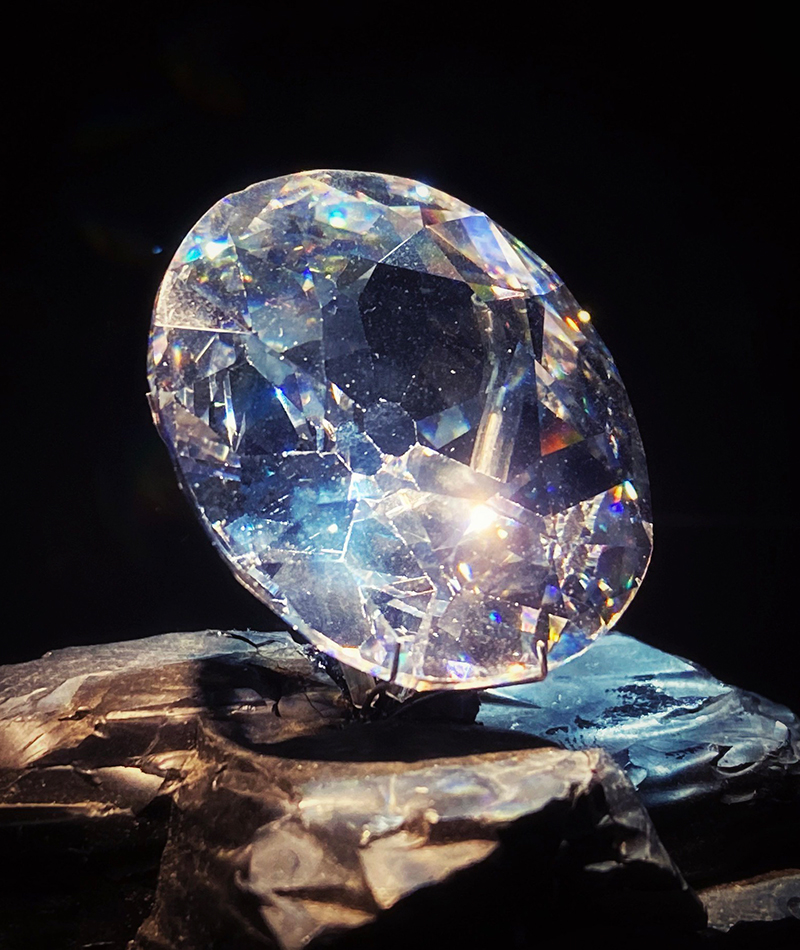
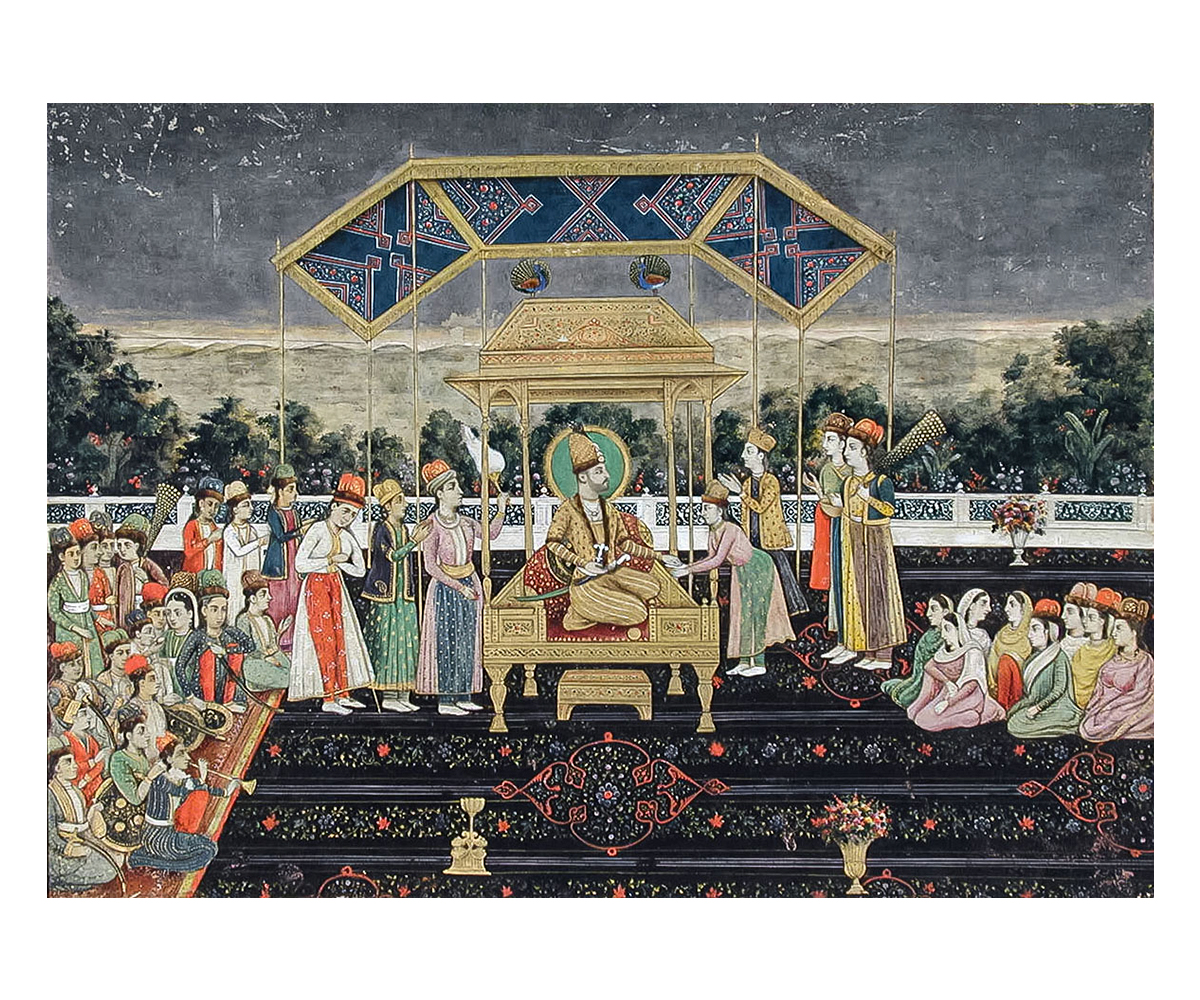
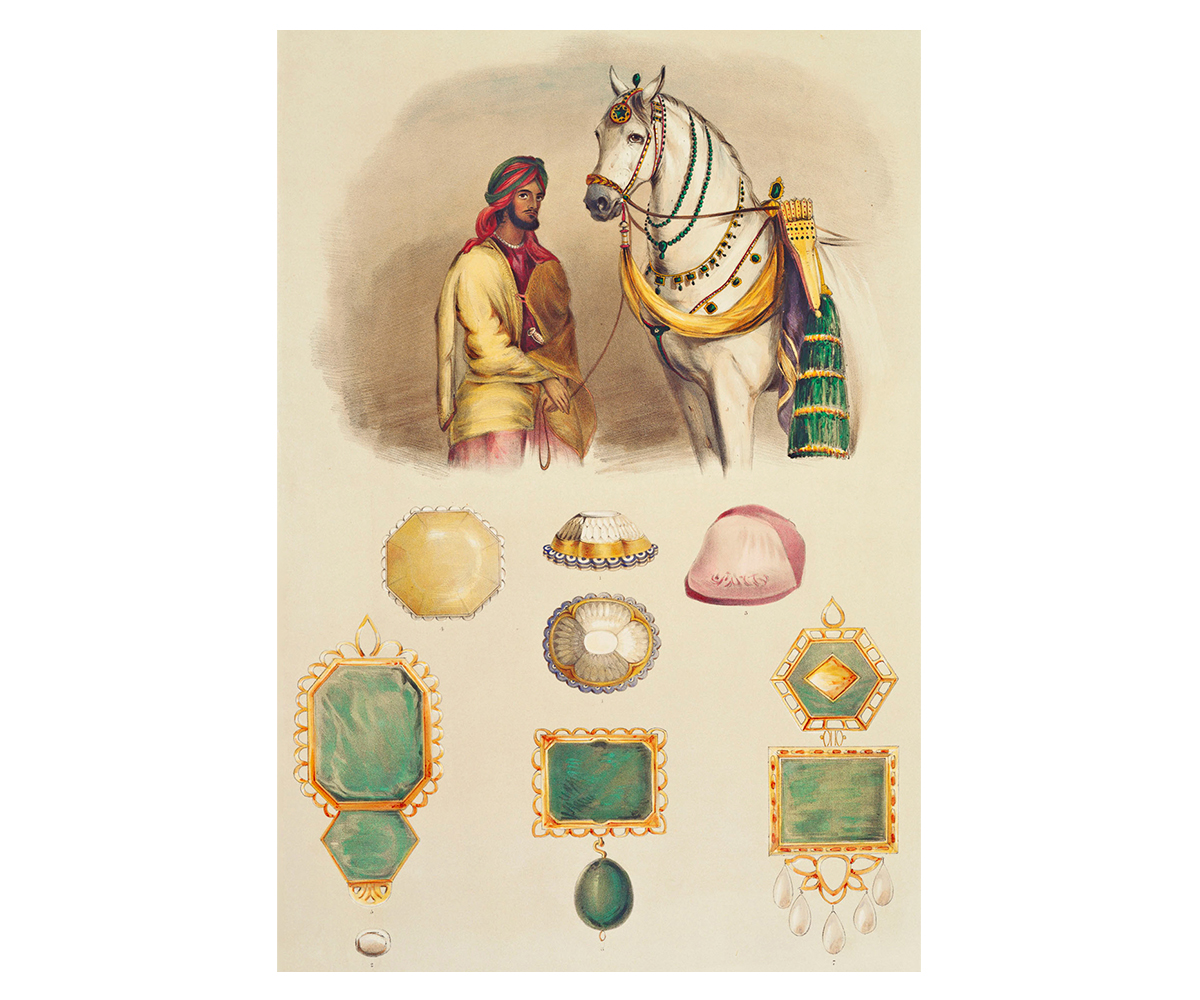
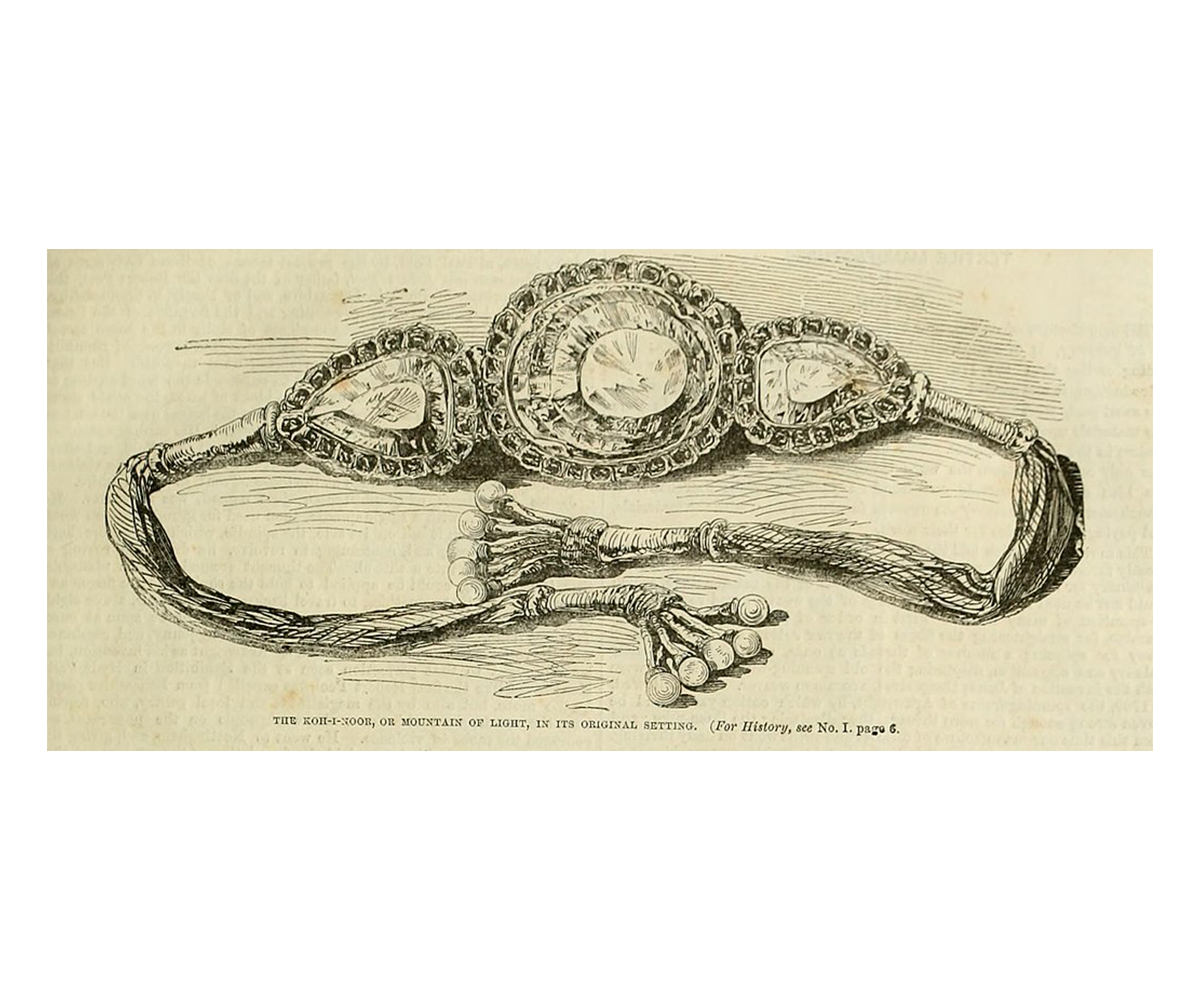
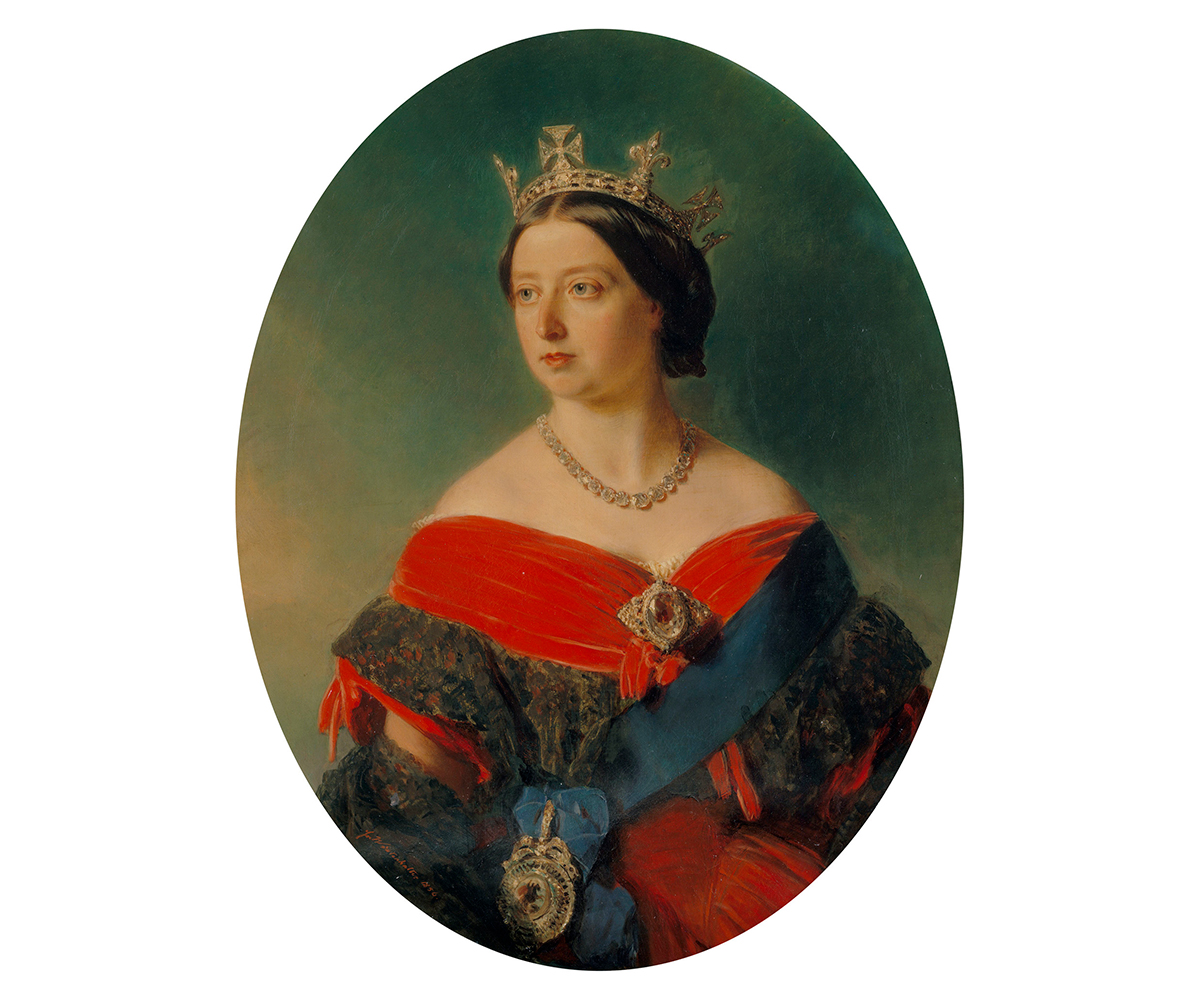
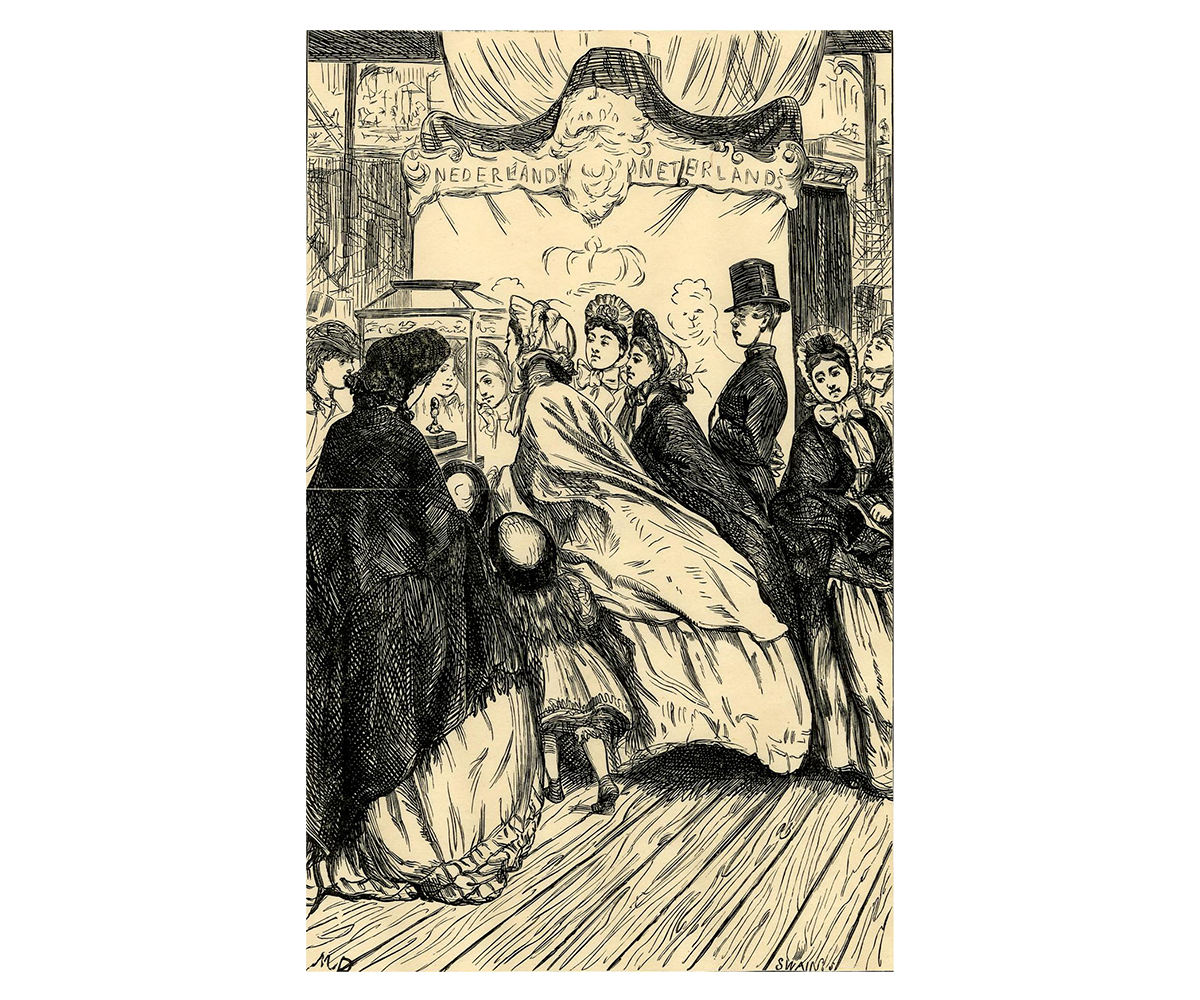

![The façade of the Maneckji Seth Agiary, a Zoroastrian fire temple, is a standout example of the popularity of the Persian Revival Style in Western India in the 19th and 20th centuries. This style was often seen in the architectural patronage of the Parsis, who emerged as one of the most influential mercantile communities of British India. Popular motifs of this style, like the mythical lamasus (winged bulls with human heads) and the faravahar (a winged guardian spirit in Zoroastrianism), drew on the historical art and architecture of the Achaemenid and Sasanian empires from sites like Persepolis, Bisotun, Taq-e Bostan, Naqsh-e Rostam and Naqsh-e Rajab in Persia.
The Parsi community’s adoption of this style occurred largely due to their networks of global commerce and politics, allowing them to access and translate research of ancient Persia into visible symbols that underlined their association with antiquity, imperial power, and art.
نمای آتشکدهی زرتشتی مانِکجی سِت نمونهی بارزی از رواج سبک «احیای [معماری] ایرانی» در غرب هند طی سدههای نوزدهم و بیستم است. این سبک غالباً در بناهایی دیده میشد که پارسیان، از بانفوذترین جوامع بازرگان در هند بریتانیا، بانیشان بودند. نقشمایههای محبوب این سبک، مانند گاو بالدار اساطیری (لاماسو) و فَروَهَر (روح بالدار نگهبان در دین زرتشت)، برگرفته از هنر و معماری شاهنشاهی هخامنشی و ساسانی، در جاهایی چون تخت جمشید و بیستون و طاق بستان و نقش رستم و نقش رجب، بود.
اقتباس جامعهی پارسیان از این سبک بسیار مرهون روابط گستردهی تجاری و سیاسی آنها بود که دسترس به پژوهشها دربارهی ایران باستان و برگردانیدن آنها به نمادهای بصری را ممکن میکرد و بر پیوند پارسیان با دوران باستان و قدرت شاهنشاهی و هنر تأکید میکرد.](https://mapacademy.io/wp-content/plugins/instagram-feed/img/placeholder.png)
